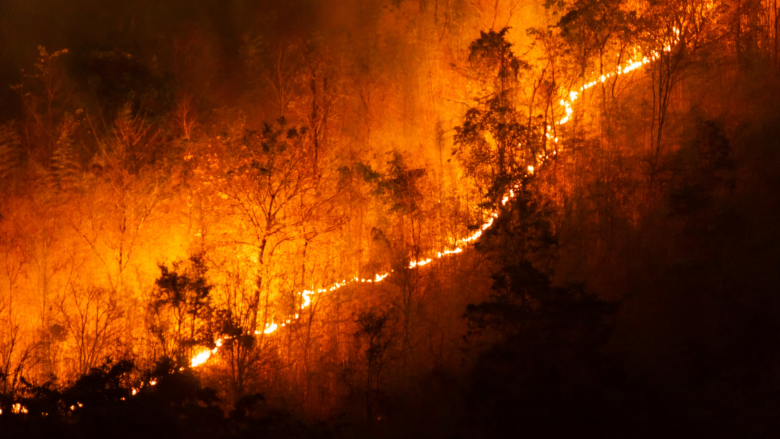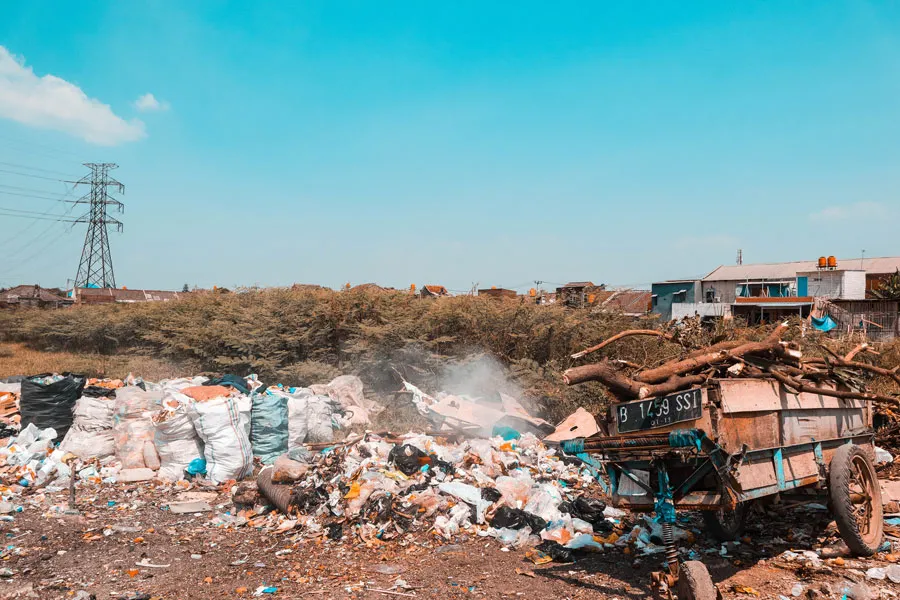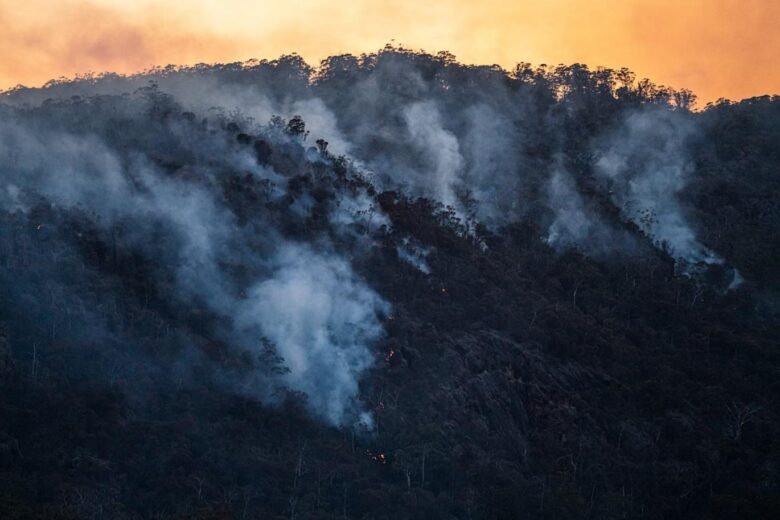Dry, hot weather and volatile climate change have created some of the most extreme weather events in Australia. The most extreme of these is without a doubt the severe bushfires that engulf homes and businesses every summer.
As a business owner, it’s crucial to keep up to date with regular fire service repairs and maintenance to ensure that your fire prevention equipment remains ready to use. However, are there other tips you can take advantage of to minimise the potential risk to your commercial property?
Bushfires are a Real Threat to Local Businesses

Australia has been listed as the most fire-prone country on earth. On average, Australian fire services tend to about 45,000 bushfires every year. In some instances, homes and businesses are either destroyed or at risk of severe damage in these instances.
That means it’s essential for Australian business owners to be more vigilant regarding the yearly bushfire threat. Fortunately, our commercial fire services experts have a few useful tips on hand to make your property as safe as possible.
1. Create Firebreaks
Commercial properties close to bushland are more at risk than those in the city. That said, it’s essential to create fire breaks between your property and the bushland. This involves cutting down trees and removing flammable materials on the edge of your property.
Fire breaks generally act as barriers and reduce the likelihood of advancing fires engulfing your building. Keep in mind that high winds can make a seemingly small fire spread and get out of control in a matter of hours. Having fire breaks around your property is an effective way to slow down the fire’s progression while the necessary evacuation measures are implemented.
2. Do an Extensive Debris Cleanup

Building materials and gardening debris such as fallen branches or dry leaves can easily increase the risk your property has of catching fire. Ensuring that the area outside your property is regularly cleaned will reduce the chances of your property becoming totally engulfed.
This is especially important if you work with or store flammable materials. Experts recommend clearing at least 20m of vegetation and debris around your property. It’s also a good idea to speak to your local commercial plumber about the best outdoor fire service solutions to install around your space.
3. Install an Alternative Water Supply
It’s not uncommon for the infrastructure surrounding the water main supply to fail or become damaged in a bushfire. This will make any firefighting attempts on your property challenging.
Installing an external water tank on your property will provide local firefighters with additional water sources. This in turn will not only potentially save your property but may aid in stopping the fire completely. Once again, speak to your plumber for the best and safest spot to locate this water tank.
4. Liase With Your Local Community

Experts recommend checking with your local council about the latest information about fire planning management in the area. For instance, some Victorian towns have an evacuation plan in place for residents and business owners.
Knowing your rating in the “bushfire attack level” (BAL) scale for your area will let you know how at-risk you are of being in the path of a bushfire. You can also check the “Fires Near Me” and the Global Fire and Smoke Map to have an idea of your danger level.
5. Create and Practice an Evacuation Plan
Whether you have five or 50 employees, it’s essential to have an evacuation plan in place. It should be centred around bushfire safety and not just general evacuation. Suggested tips to include in your plan:
- Designate a certain employee to be in charge of the fire evacuation plan. Make sure this employee is well-known to other employees. You can use a different coloured hard hat, safety vest, cap or t-shirt to identify this employee. This will make it easier for other employees to know who to listen to in a crisis.
- Create a plan on paper and stick copies of it in all communal areas such as canteens, restrooms and offices. Clearly identify the exit and meeting points.
- Ensure that you have a designated first-aider on staff and make them responsible for collecting the emergency kit in a crisis.
- Create a buddy system where each employee is responsible for two or three others. Each team should have each other’s contact information and should look for their buddies in an emergency.
- Ensure that fire exits aren’t blocked, locked or inaccessible in any way.
- Have routine drills so that all staff know what to do, where to go and who to look out for. Regular fire drills will go a long way toward reducing panic on the day of an emergency.
Final Thoughts
Bush fires can have devastating effects on the land, properties and of course human and animal life. Each property owner should ensure that they are as prepared as possible to reduce these devastating effects. Putting a few preventative measures in place can make a huge difference!
In conclusion, safeguarding your commercial property from bushfires requires proactive measures and strategic planning. By creating firebreaks, conducting extensive debris cleanups, and installing alternative water supplies, you can significantly reduce the risk of your property succumbing to fire damage. Moreover, staying informed about local fire management plans and collaborating with your community enhances your preparedness for potential bushfire threats. Additionally, implementing and practicing a thorough evacuation plan ensures the safety of employees and minimizes panic during emergencies. With these expert tips in mind, you can effectively protect your commercial property and mitigate the devastating impacts of bushfires on both property and life.


